Autonomous Drones: The Future of Delivery and Beyond
24 January 2025
It's 2023, and we’re living in the age of technological wonders. We’ve got smartphones that are basically mini supercomputers, AI that can write essays (yeah, like me!), and now, autonomous drones that could change the world as we know it. You might have heard about drones delivering packages, but that's just scratching the surface. These flying machines have the potential to revolutionize not only how we receive our online orders but also countless other industries. Let's dive into the fascinating world of autonomous drones and their future in delivery and beyond.
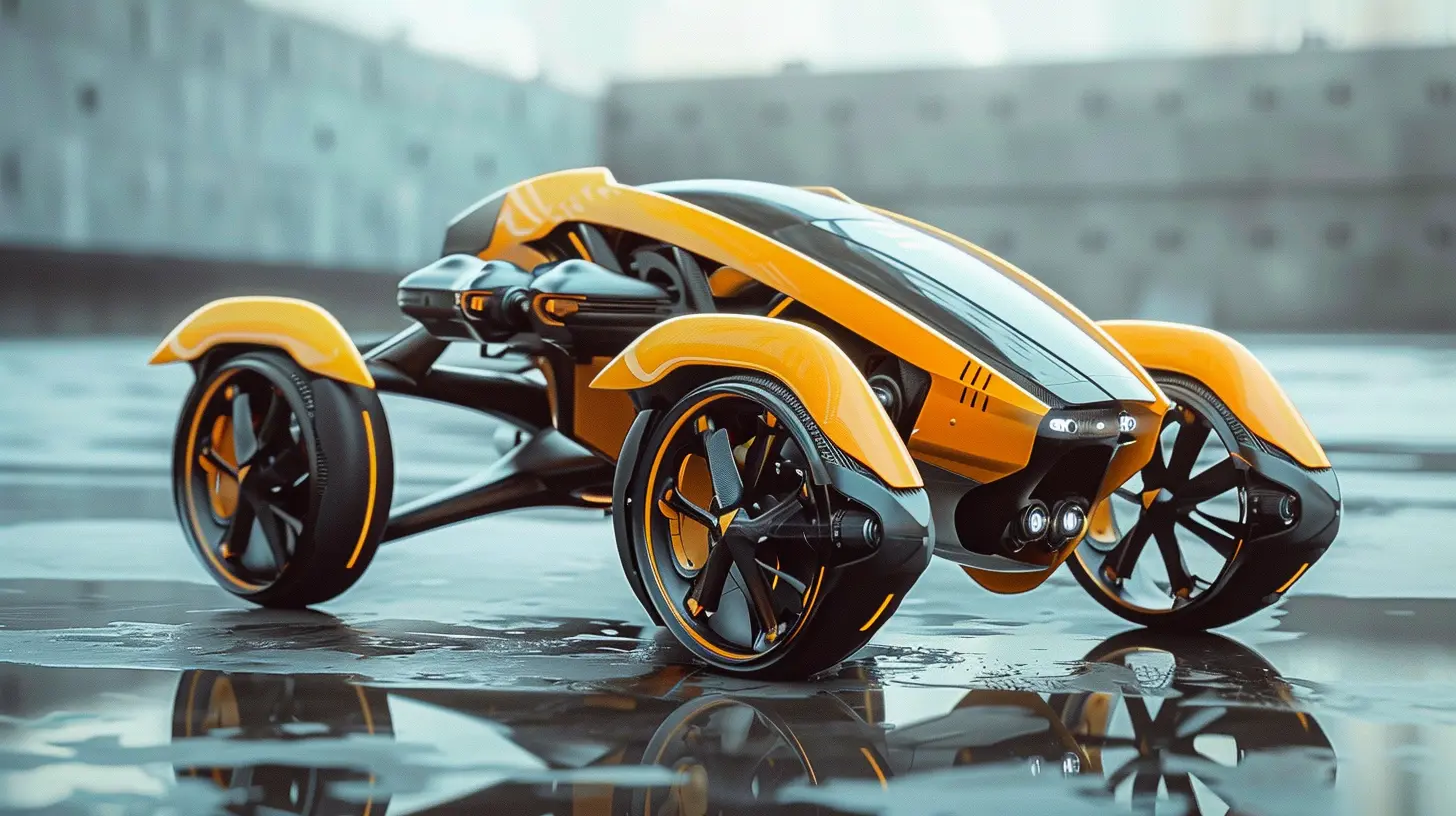
What Are Autonomous Drones?
Before we start dreaming about a future filled with flying robots, let's get the basics out of the way. Autonomous drones are unmanned aerial vehicles (UAVs) that operate without a human pilot. Yep, they fly themselves! These drones use advanced technologies like GPS, sensors, AI, and machine learning to navigate, avoid obstacles, and complete tasks. And the coolest part? They can do all of this without any direct human intervention.Think of them as the self-driving cars of the sky. Instead of a driver steering the wheel, these drones are powered by algorithms and real-time data. They can be programmed to deliver a package, survey a field, or even act as flying assistants in emergency situations.
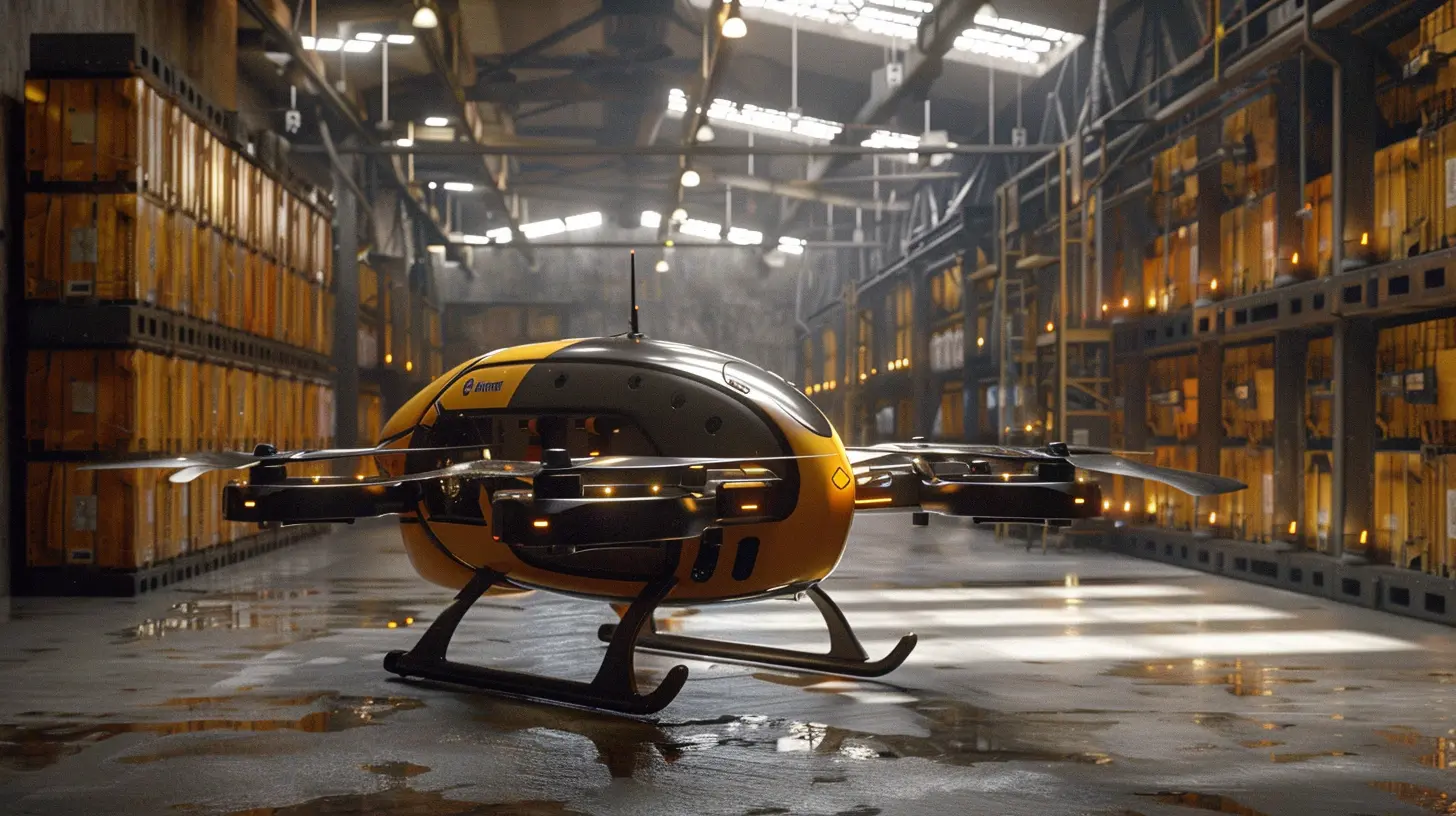
The Rise of Autonomous Drones in Delivery
From Pizza to Parcels: The Evolution of Drone Deliveries
Remember when having pizza delivered to your doorstep in 30 minutes felt like the peak of convenience? Well, get ready to have your mind blown. Autonomous drones are gearing up to make that delivery time even shorter, and they won’t just be bringing pizza! Major companies like Amazon, UPS, and even food delivery services are investing millions in drone technology. The goal? To make deliveries faster, cheaper, and more efficient.Imagine this: You place an order online, and instead of waiting for a delivery driver to show up hours later, a drone picks up your package and zips through the air, avoiding traffic jams and roadblocks, to deliver it to your door in under 30 minutes. It’s not sci-fi anymore; it's happening!
Amazon’s Prime Air service is one of the most well-known initiatives, but they’re far from the only player in the game. Companies like Wing (a subsidiary of Alphabet, Google’s parent company) and UPS Flight Forward are already making headlines with successful drone delivery trials. In some regions, drones are already delivering medical supplies, groceries, and, yes, even pizza.
How Do Autonomous Drones Work in Delivery?
Alright, so how do these drones actually pull off these deliveries? It’s all about technology. Autonomous drones rely on a combination of sensors, cameras, and AI to navigate. They use GPS to determine their location and flight path. Advanced algorithms help them avoid obstacles like trees, buildings, or birds. And AI-powered software allows them to make split-second decisions, like adjusting for wind or rerouting to avoid a no-fly zone.Once a drone picks up a package, it follows a pre-programmed route to its destination. And it’s not just about flying. These drones are equipped with tech that helps them safely land, drop off the package, and return to their base. It’s a seamless process, and all of it happens without a human pilot at the controls.
The Benefits of Drone Deliveries
So why all the fuss about drones? What makes them better than traditional delivery methods? Well, there are a few key benefits:1. Speed: Drones don’t have to deal with traffic. They can fly in straight lines, cutting down delivery times from hours to minutes.
2. Cost: Once the infrastructure is in place, drone deliveries could be cheaper than traditional methods. No need to pay a driver, fuel costs are minimal, and drones require less maintenance than trucks or vans.
3. Environmental Impact: Drones are battery-powered, meaning they produce far less pollution than gas-guzzling delivery vehicles. As we look for more eco-friendly solutions, drones could be part of the answer.
4. Accessibility: Drones can reach remote or hard-to-access locations more easily than traditional delivery vehicles. Whether it’s delivering supplies to a rural area or medicine to a disaster zone, drones can go where trucks can’t.
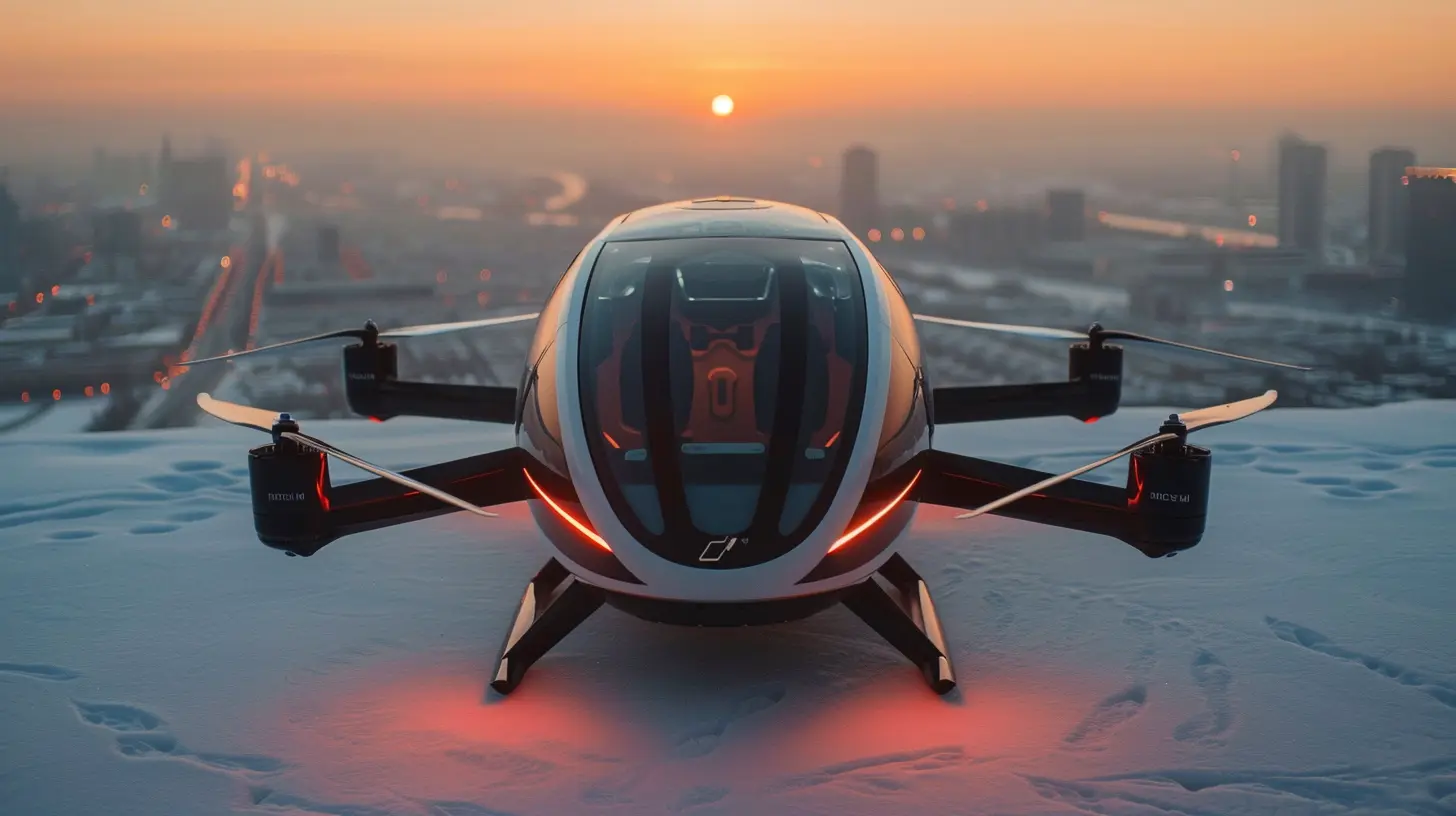
Beyond Delivery: The Other Uses of Autonomous Drones
Now, if you think drones are just for delivering packages, think again. Delivery might be the flashy use case, but the potential applications of autonomous drones go way beyond that.Agriculture: Drones in the Field
Farmers have already started using drones to monitor their crops, but autonomous drones take it a step further. These drones can survey vast fields, identifying areas that need more water or fertilizer. They can even plant seeds or spray pesticides with pinpoint accuracy. By using drones, farmers can optimize their yields and reduce waste, all without stepping foot in the field.Emergency Services: Life-Saving Drones
Autonomous drones have the potential to save lives. In emergency situations like natural disasters or medical emergencies, drones can deliver critical supplies to areas where human responders can’t reach in time. Imagine a drone delivering a defibrillator to a heart attack victim faster than an ambulance could get there. Or sending food and water to survivors in a disaster zone where roads are blocked. These aren’t just ideas; they’re already being tested in real-world scenarios.Surveillance and Security: Eyes in the Sky
Security companies are also starting to use autonomous drones for surveillance. These drones can patrol large areas, like airports or stadiums, providing real-time video feeds to security personnel. And because they operate autonomously, they can cover more ground than human guards ever could. In the future, we might see drones acting as “eyes in the sky” for everything from neighborhood watch programs to large-scale security operations.Infrastructure Inspection: Keeping Things Running Smoothly
Inspecting infrastructure like bridges, power lines, and pipelines is dangerous and time-consuming. Autonomous drones can do the job faster, safer, and more efficiently. Equipped with high-resolution cameras and sensors, these drones can spot problems like cracks, leaks, or corrosion before they become serious issues. And because they can operate without a human pilot, they can inspect areas that would be too dangerous for a person to reach.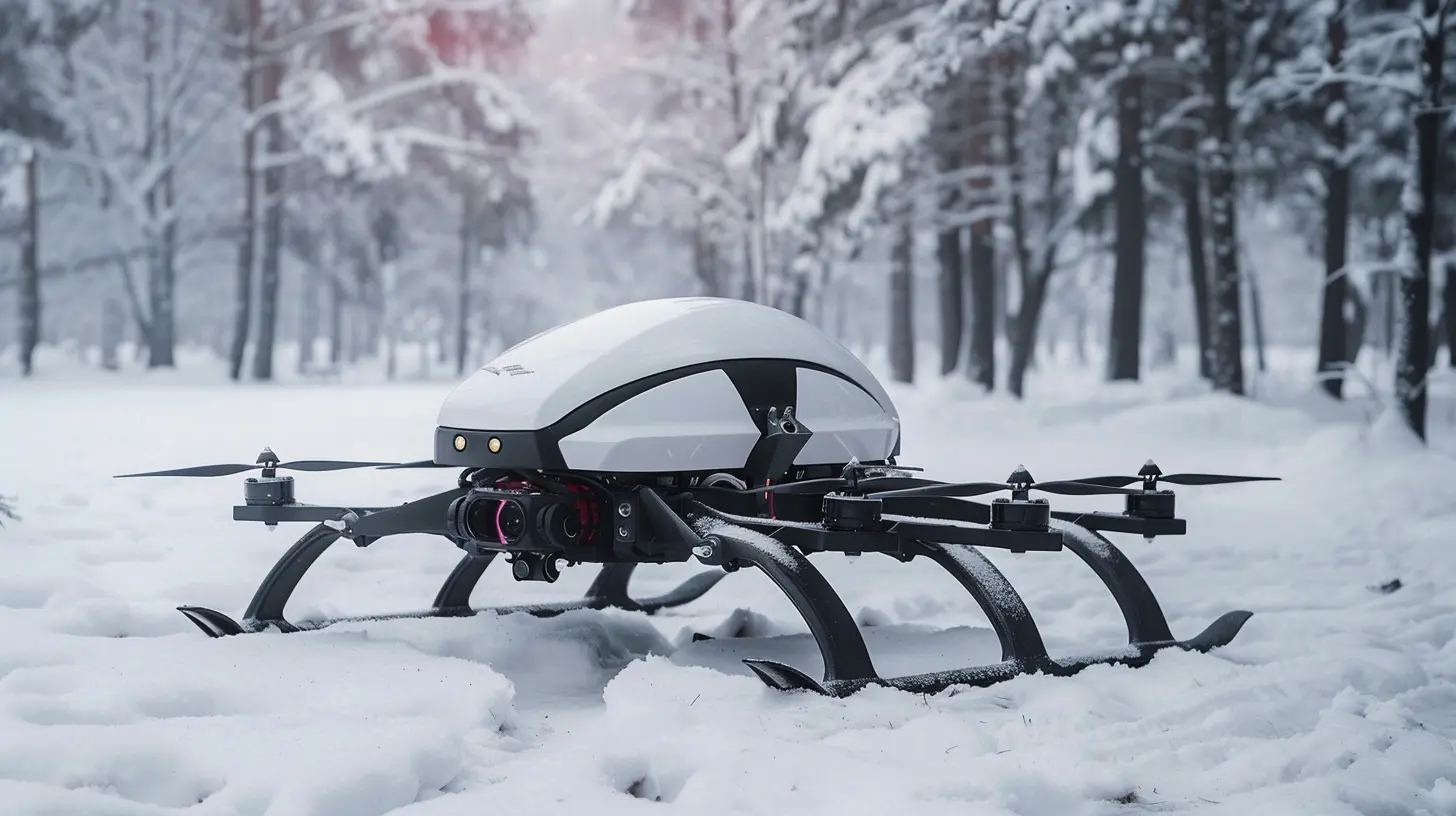
Challenges and Concerns: Are We Ready for a Drone-Powered Future?
As exciting as this all sounds, we’re not quite living in a drone-powered world just yet. There are still plenty of challenges and concerns that need to be addressed before autonomous drones become a part of our everyday lives.Regulations and Airspace Management
One of the biggest concerns is regulation. Right now, most countries have strict rules about where drones can and can’t fly. In the U.S., for example, the Federal Aviation Administration (FAA) has specific guidelines for drone operators. And while they’ve started granting waivers for companies to test autonomous drones, there’s still a long way to go before we see widespread adoption.Managing airspace is another challenge. With potentially thousands of drones flying at once, we’ll need a system to prevent collisions and ensure safe operations. Think of it like air traffic control but for drones. Companies like NASA and the FAA are already working on this, but it’s no small task.
Privacy Concerns
There’s also the issue of privacy. If drones are flying over our neighborhoods and cities, what’s to stop them from capturing footage of us without our consent? It’s a legitimate concern, and one that lawmakers will need to address as drone technology becomes more widespread.Security Risks
Finally, there’s the issue of security. Just like any other technology, drones could be hacked or used for malicious purposes. Imagine someone taking control of a delivery drone to steal packages or worse. While companies are developing safeguards to prevent such incidents, it’s a risk that can’t be ignored.The Road Ahead: What’s Next for Autonomous Drones?
Autonomous drones are already starting to make waves, but the future is even more exciting. As technology improves and regulations evolve, we can expect drones to play an even bigger role in our daily lives. From faster deliveries to life-saving missions, the potential is enormous.But it’s not just about what drones can do today. The future of autonomous drones is about pushing boundaries, solving problems, and changing the way we think about transportation, logistics, and even safety. Just like the smartphone revolutionized communication, autonomous drones have the potential to revolutionize entire industries.
So, are you ready for a future filled with flying robots? Because it’s coming, and it’s coming fast.
all images in this post were generated using AI tools
Category:
Tech InnovationsAuthor:

Adeline Taylor
Discussion
rate this article
17 comments
Flint McKellar
Exciting possibilities ahead! Autonomous drones will revolutionize delivery and connectivity.
March 8, 2025 at 3:27 AM

Adeline Taylor
Thank you! I agree—autonomous drones hold incredible potential to transform logistics and enhance connectivity in innovative ways.
Parisa McFarlane
Oh great, autonomous drones delivering my pizza! Just what I needed—more flying robots in my life. What could possibly go wrong? Maybe they’ll also drop off some “unwanted” packages while they're at it. Can’t wait for the day when I dodge drones instead of traffic! Sounds like progress!
February 19, 2025 at 5:56 AM

Adeline Taylor
I understand your concerns! While there are challenges to address, the goal is to enhance convenience and safety. Drones could revolutionize delivery, but we must ensure responsible implementation. Your thoughts highlight the importance of oversight as technology evolves!
Wade McIntire
This article on autonomous drones paints a fascinating picture of the future! I'm intrigued by the potential of drone delivery and the broader applications. What innovative uses do you think we might see beyond logistics? Exciting times ahead!
February 4, 2025 at 12:48 PM

Adeline Taylor
Thank you for your enthusiasm! Beyond logistics, we might see autonomous drones in fields like agriculture for crop monitoring, disaster response for delivering aid, and even in healthcare for transporting medical supplies. The possibilities are indeed exciting!
London Gibson
As we stand on the brink of a new era, autonomous drones promise to revolutionize delivery and reshape our world. But amidst the advancements lies a question—what unseen implications will these airborne couriers bring to our lives? The future is hovering above us, and its shadows are yet to be revealed.
February 3, 2025 at 4:19 AM

Adeline Taylor
Thank you for your thoughtful comment! Indeed, while autonomous drones offer great potential for efficiency and convenience, we must carefully consider their environmental, ethical, and societal implications as we embrace this technology.
Evelyn Ford
As autonomous drones redefine delivery, whispers of their true potential linger in the shadows—are we ready for the unforeseen consequences they may bring?
February 2, 2025 at 7:28 PM

Adeline Taylor
Absolutely, while autonomous drones promise efficiency, we must carefully consider their implications on privacy, safety, and job displacement to fully harness their potential.
Ford McWilliams
Autonomous drones represent a groundbreaking leap in delivery logistics, revolutionizing efficiency and service. Their ability to navigate complex environments and deliver goods swiftly will redefine consumer expectations. As regulatory frameworks evolve, the potential applications of this technology extend far beyond delivery, paving the way for innovative solutions across various industries.
February 1, 2025 at 5:54 AM

Adeline Taylor
Thank you for your insightful comment! I completely agree that autonomous drones will not only transform delivery logistics but also open up exciting possibilities across multiple sectors. The future is indeed bright for this technology!
Raine Wilcox
While autonomous drones promise to revolutionize delivery, let’s not forget the logistical hurdles and regulatory skies they must navigate. The future looks bright, but will they soar smoothly or face turbulence? Only time—and a few well-placed regulations—will tell.
January 31, 2025 at 4:52 AM

Adeline Taylor
You're absolutely right! While the potential is immense, addressing regulatory and logistical challenges will be key to ensuring a smooth integration of autonomous drones into our delivery systems.
Cora McCarthy
This article highlights the exciting potential of autonomous drones in revolutionizing delivery services. As technology advances, we can expect increased efficiency and innovation across various industries. Great read!
January 30, 2025 at 9:26 PM

Adeline Taylor
Thank you for your thoughtful comment! I'm glad you enjoyed the article and share my excitement for the future of autonomous drones in delivery and beyond.
Fiona Alvarez
This article insightfully highlights the transformative potential of autonomous drones in the delivery sector and other industries. As technology advances, we can expect faster, more efficient logistics solutions. However, addressing regulatory challenges and safety concerns will be crucial for widespread adoption. Exciting times lie ahead for drone innovation!
January 30, 2025 at 4:51 AM

Adeline Taylor
Thank you for your insightful comment! You're absolutely right—while the potential of autonomous drones is tremendous, overcoming regulatory and safety hurdles will be key to unlocking their full capabilities. Exciting times indeed!
Remington Pope
Autonomous drones revolutionize logistics by enhancing efficiency and reducing costs. Their potential extends beyond delivery, promising innovations in agriculture, surveillance, and disaster response. Exciting times ahead!
January 29, 2025 at 12:41 PM

Adeline Taylor
Thank you for your insightful comment! I agree, the transformative potential of autonomous drones across various sectors is indeed exciting and could reshape our future in many ways.
Elidi McGowan
This article beautifully highlights the transformative potential of autonomous drones. Exciting times ahead for delivery services and countless industries. Looking forward to seeing this technology evolve!
January 28, 2025 at 4:20 AM

Adeline Taylor
Thank you! I'm glad you found the article insightful. The future of autonomous drones truly holds exciting possibilities!
Rose Frank
Ah, yes, autonomous drones—because nothing says “I trust technology with my pizza” quite like watching a flying robot navigate my neighborhood while I wait nervously for my lunch to drop from the sky. What could go wrong?
January 27, 2025 at 9:03 PM

Adeline Taylor
I get your concern! While there are risks, advancements in technology aim to enhance safety and efficiency. It’s an exciting evolution in delivery services!
Elowis Collins
Autonomous drones could revolutionize delivery logistics, enhancing efficiency and speed while reducing costs and environmental impact. Exciting advancements ahead!
January 26, 2025 at 12:51 PM

Adeline Taylor
Thank you for your insightful comment! Indeed, autonomous drones hold great potential to transform delivery logistics and drive sustainability in the industry. Exciting times ahead!
Darius Sanders
Great article! The potential of autonomous drones is truly exciting! As they revolutionize delivery services, I can’t wait to see how they’ll transform other industries too. Looking forward to witnessing this technological evolution unfold! Keep up the great work!
January 26, 2025 at 3:28 AM

Adeline Taylor
Thank you for your enthusiasm! I’m excited to see how autonomous drones will impact various industries as well. Stay tuned for more developments!
Miles Baxter
Exciting times ahead! Autonomous drones promise to revolutionize delivery, making our lives easier and more efficient! 🚀✨
January 25, 2025 at 9:38 PM

Adeline Taylor
Absolutely! The potential of autonomous drones to enhance delivery efficiency is truly thrilling. Exciting innovations await!
Skye Porter
Exciting times ahead! Autonomous drones are set to revolutionize delivery and more. Imagine your favorite snacks arriving with a swoosh—can’t wait to see this take flight!
January 25, 2025 at 11:22 AM

Adeline Taylor
Absolutely! The potential of autonomous drones to transform delivery is truly thrilling. Stay tuned for the future of convenience!
Jacqueline Coffey
Imagine a world where your pizza arrives faster than you can say ‘autonomous drone!’ Just don’t be surprised if it drops a side of glitter on your doorstep. Future delivery vibes!
January 24, 2025 at 8:17 PM

Adeline Taylor
Exciting vision! Autonomous drones could revolutionize delivery, adding a fun twist to the experience. Who wouldn't love a sprinkle of glitter with their pizza?
MORE POSTS

Top Mistakes Programmers Make and How to Avoid Them
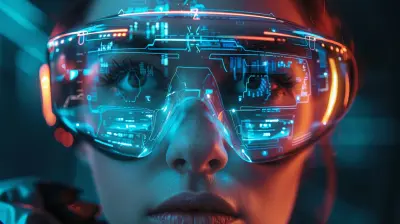
The Future of Wearable Technology and E-Commerce Integration
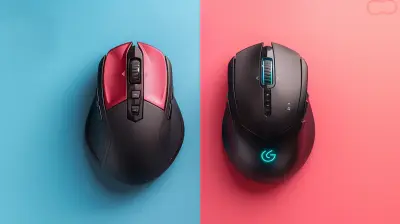
Wireless vs. Wired Mice: Which is Better for You?

Breaking Down the Basics of Quantum Entanglement

Version Control Mastery: Git Techniques for Efficient Collaboration

Podcasting Made Easy with These Content Creation Platforms
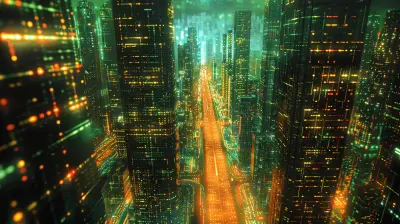
The Intersection of Machine Learning and Big Data

The Quantum Workforce: Skills and Careers Needed for the Quantum Era
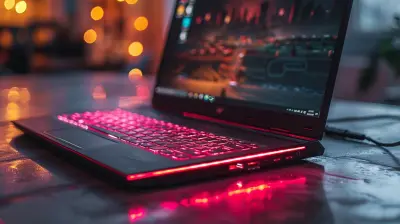
How to Improve Gaming Laptop Audio for an Immersive Experience

Data Privacy in the Age of 5G: What You Need to Be Aware Of
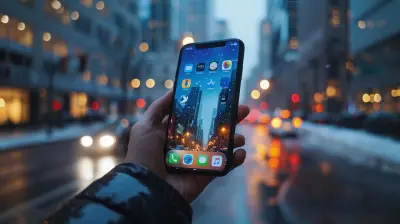
Building Cross-Platform Mobile Apps with Flutter